Dangerous goods boxes are a crucial category in packaging, as it is extremely important to ensure proper handling during the transportation of batteries and other hazardous materials.
We assist you with the process from start to finish, ensuring the box is fully certified.
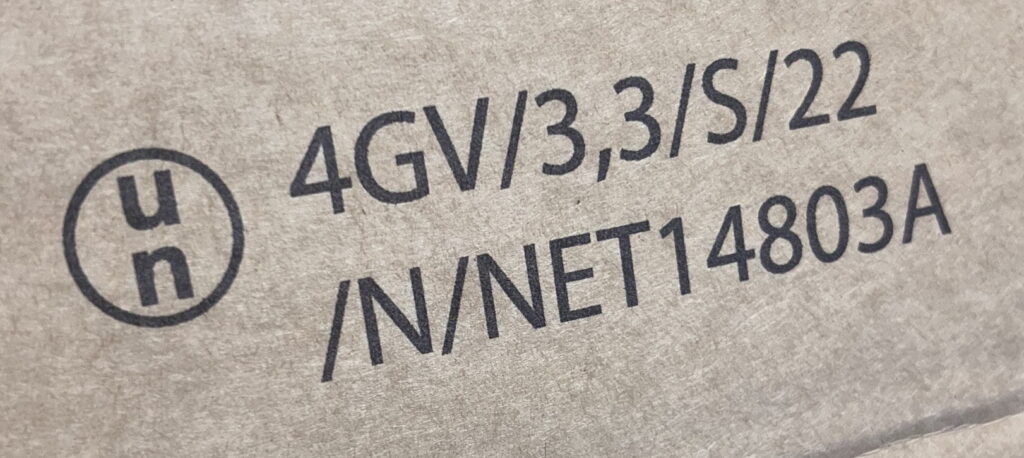

When developing custom packaging for dangerous goods, it's crucial to understand the necessary steps involved.
Dangerous goods packaging is unique due to the many regulations that must be adhered to. These requirements often vary from case to case.
The most important aspect is that the packaging must be sufficiently safe and durable to prevent any issues during transportation, regardless of how the packaging is handled. We are here to assist with ensuring that your packaging meets these standards.

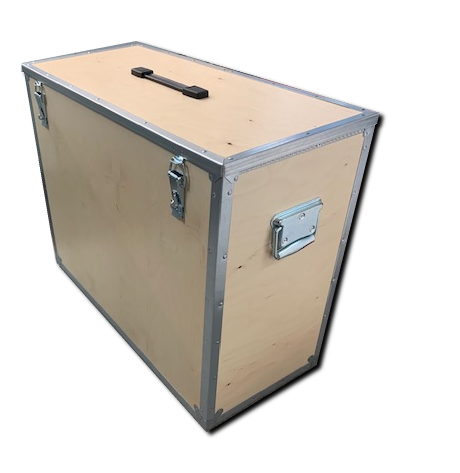
It is possible to make the outer box from plywood for an extremely secure and robust container. This approach is typically chosen when the box is intended to remain after the initial transport, as it can be reused as a storage box for the product.
This box also needs to be marked with the UN number, and custom printing can be added as well.
The outer box can be made from various materials, with corrugated cardboard being the most common. It is essential to use a strong corrugated cardboard that can withstand external impacts without breaking. We primarily use two types of materials for creating dangerous goods boxes in corrugated cardboard: either 7mm export corrugated cardboard or 9mm export corrugated cardboard.
The box is customized based on size and weight to meet the testing requirements necessary for approval and certification.
The box must be printed with its UN number, and it is also possible to add custom printing if you have any information or logos you wish to include.
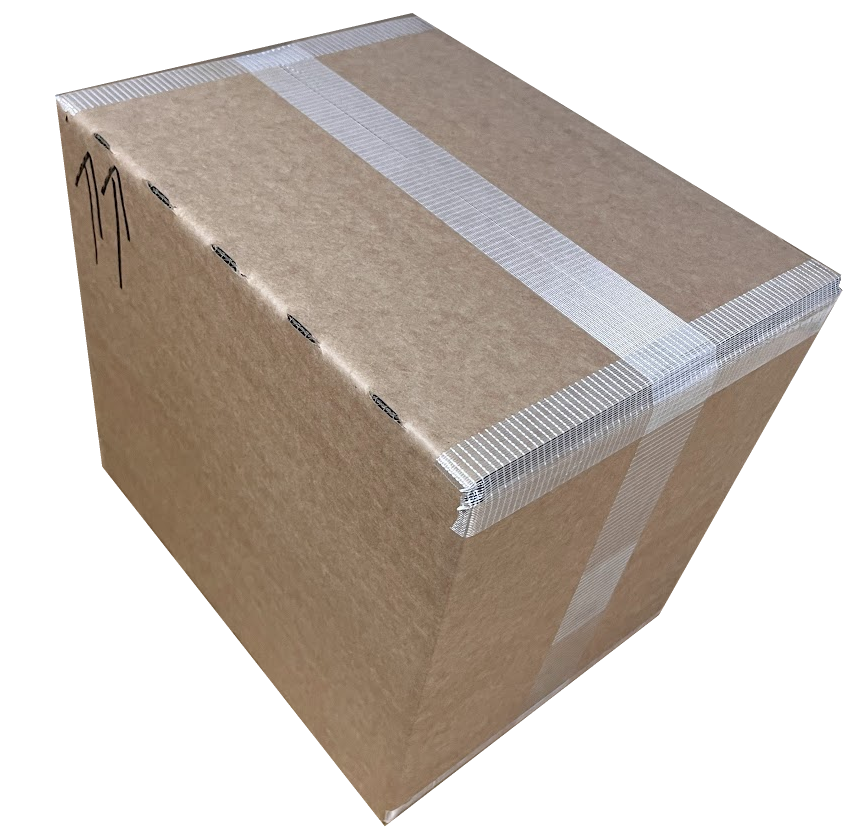
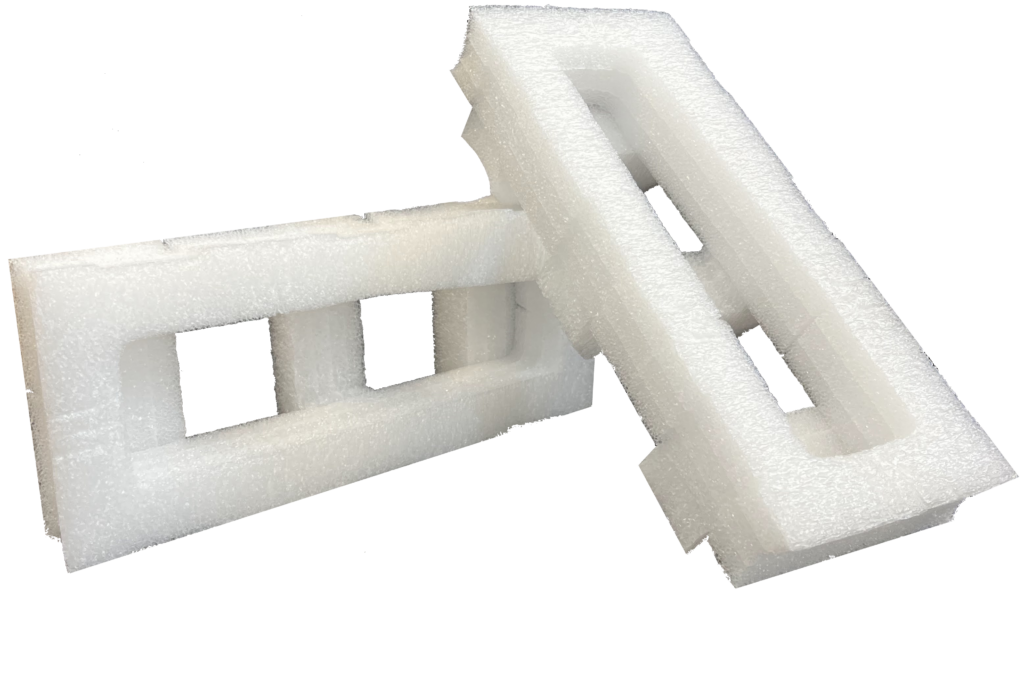
Inner packaging is crucial in the development of custom dangerous goods packaging. It is essential that nothing can damage the box from the inside and that everything remains securely fixed within the box.
Different materials can be used depending on the contents and their weight. For instance, batteries often require an ESD (Electrostatic Discharge) compliant interior.
We assist in designing a customized insert based on what will be placed inside the box, ensuring that it meets all necessary safety and handling requirements.
What is required from the customer during testing is dummy samples of the items to be shipped. If these are not available, they will need to be provided later during the testing process, which may extend the timeline and incur additional costs for creating these samples.
Before the packaging is sent for lab testing, we conduct our own tests to ensure that we are sending a sufficiently robust package for the lab tests, so we don't end up sending a package that is too weak.
Once we determine that the packaging will pass the lab tests, the boxes and inserts, along with the dummies, are sent to a lab where they are subjected to various stresses to ensure that nothing will break during transport.
Afterward, you will receive a certified document specifying the approved box and insert required for transporting the product.
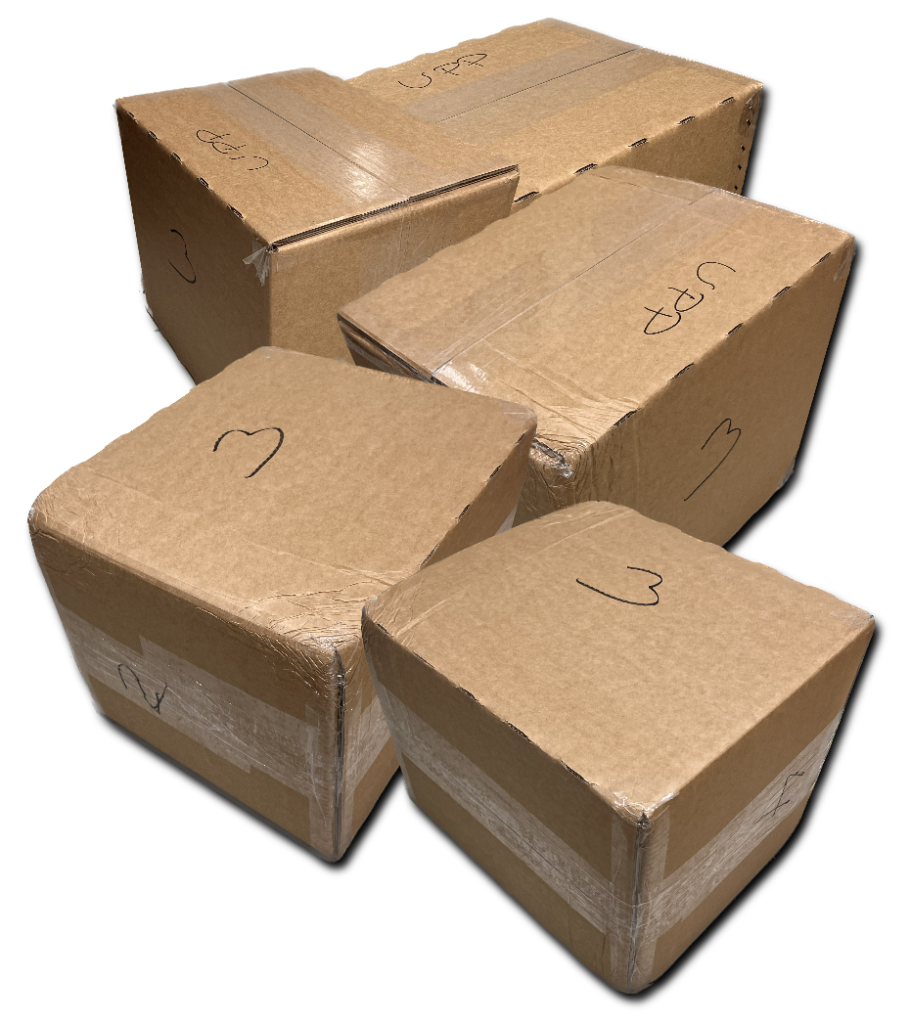
Copyright © 2026 Team ET